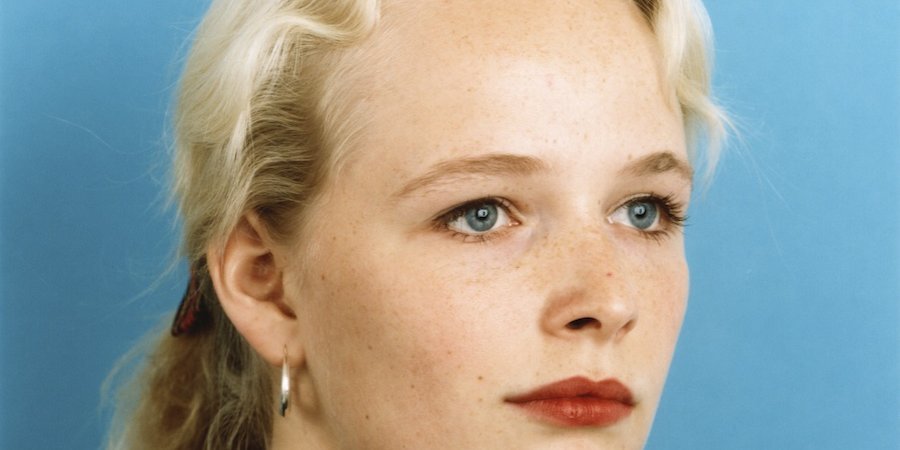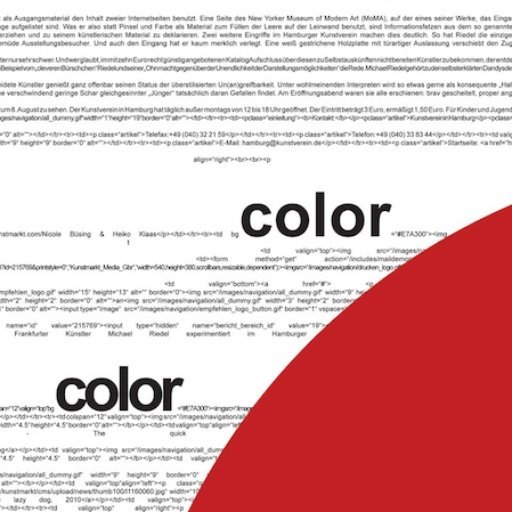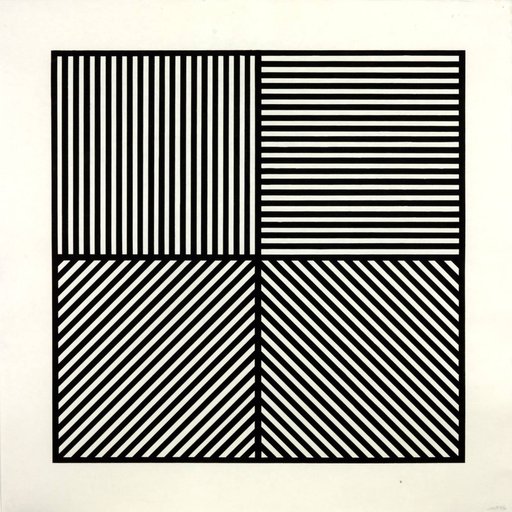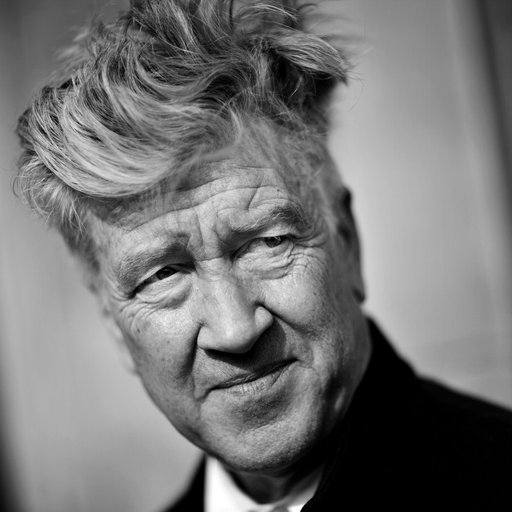Over the course of his decades-long career, German photographer Thomas Ruff (born 1958) has explored the nature of photography, considering the particularities and possibilities of the medium. Ruff attended the Staatlichen Kunstakademie in Düsseldorf from 1977 to 1985, where he studied under iconic husband-and-wife duo Bernd and Hilla Becher, known for their series of typological photographs cataloging the full range of abandoned industrial structures. Fellow students included Andreas Gursky, Candida Höfer, and Thomas Struth who, along with Ruff, are often dubbed the "Düsseldorf School," characterized by their shared, Becher-inspired analytic approach to their subject matter.
In a wide range of photographic series, Ruff has moved from straight photography in the 1980s to employing found images in the '90s and, more recently, 3D imagery. Most iconic are his huge portraits of blank-faced subjects set against plain backgrounds. In his ever-changing practice, Ruff seeks to track the shifting nature of how we see, from examining ruined buildings in vivid detail to making art out of the endless stream of images (pornographic and otherwise) made available on the Internet.
His method is often described as highly experimental: typically working on a large scale, Ruff has said that he likes the physical presence of a monumental work, making size just as much a part of the viewer’s experience as what is depicted in the photograph itself. Currently living and working in Düsseldorf, he shows at David Zwirner Gallery in New York. Below, we examine several key themes and series in Ruff's work.
INTERIORS & EXTERIORS Maison N°10 I, 1989
Maison N°10 I, 1989
Ruff first gained notice as a photographer with his contemplative images of abandoned German buildings, which he began showing in gigantic color prints in the 1980s. Rather than use the typical black-and-white style that characterized the documentary photography of the time, Ruff chose vivid color to highlight the beauty in destroyed surroundings. In his “Interieurs” series, an ongoing project begun in 1979, he photographs the homes of friends and family members in bright color and intense detail, often cropping the image in a wry, suggestive manner.
PORTRAITURE Porträt (J. Sasse) (1984)
Porträt (J. Sasse) (1984)
Ruff’s famed portrait series examines expressionless faces from the chest up, starkly considering how we view and understand others. In Porträt (C. von Heyl) (1985, shown at top), a woman—the artist Charlene von Heyl—stares out past the frame with her big blue eyes, which are echoed by the light blue background. She exists completely in this space, each freckle made prominent, her lipstick deliberately applied. The photographer achieved international acclaim with this series, and the work has been collected by many major museums. Later, Ruff began to utilize more advanced technology to develop this conceit further, using the Minolta Montage—a police device that can blend together suspects’ faces—to make invented portraits.
FOUND IMAGERY Nudes ree07 (2000)
Nudes ree07 (2000)
In the 1990s, Ruff increasingly turned to repurposing images found from the countless pictures on the Internet. For one series, he abstracted images of Japanese manga; elsewhere, for his famous “Nudes” series, Ruff found pornographic images on the Internet and distorted them until they were only vaguely recognizable. The blurred or fuzzy images look forever caught in motion, slightly abstracted—becoming more about the act of looking than content of the illicit images themselves.
THE GREAT BEYOND Cassini 10 (2008)
Cassini 10 (2008)
Ruff has made multiple series that deal with outer space. "Sterne" (1989–1992), takes telescope photographs of stars from the European Southern Observatory in the Chilean Andes, turning them into mere white dots against a black background. For "cassini" (2008/2009) he appropriated interplanetary images from NASA’s website, blowing up these images of planets and galaxies into sizes so massive that the original message is completely reinvented; in the series"ma.r.s." (2010), he did the same with digital images taken of the surface of the planet. Originally in black and white, the images have been rendered in color and with altered perspectives by Ruff—and some in 3D, no less.
THE DIGITAL AGE Zycles (2010)
Zycles (2010)
For his "Jpegs" series, Ruff created huge works from images found on the Internet, again blown up until they reach the point of abstraction, appearing entirely as pixels. More recently Ruff has taken this line of thinking even further for his"zycles" series, in which he uses algorithms to create computer-generated abstractions of magnetic fields. The resulting wild loops and lines only vaguely suggest their highly ordered origins. In "photograms," he reenvisioned the process favored by Surrealists, who would place abstract shapes on photo-sensitive paper with unexpected results. Instead, Ruff created software to imitate the effect with more control over composition and color, creating the illusion of experimentation.























